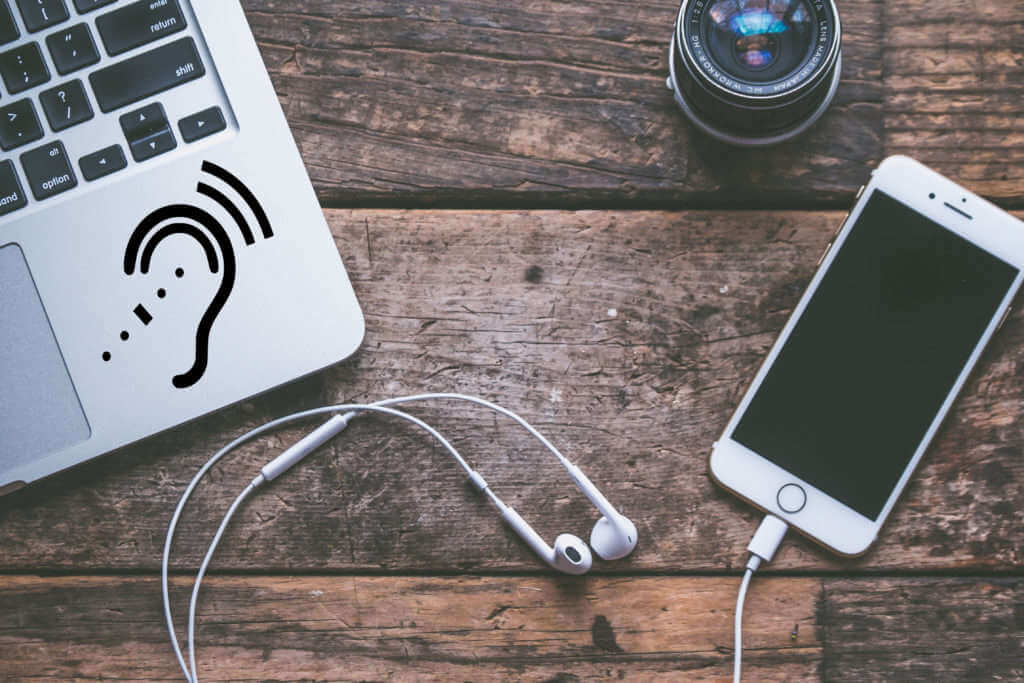Assistive Technologies Create Connection for Disabled Populations

Nearly a quarter of the US population has some form of communication disability that hinders human interaction. And we know that human connection is one of our basic needs. And even though belonging is desired by all, the inability to communicate effectively has a negative effect on relationships and quality of life. An article in the Winter 2018 issue of Speech Technology shares examples of assistive technologies, their purpose and applications, and how vendors are overcoming concerns and challenges. The following is a summary of those points from the article, “Assistive Technologies – Helping the Disabled Join the Technological Revolution” (p. 40 – 41) by Leonard Klie.
Assistive Technologies for Devices
Because of the broad spectrum of disabilities – visual, audio, speech, learning, etc. – assistive technologies have been developed for everyday devices. For example, text-to-speech (TTS) technology has been developed for the visually impaired. For the hearing impaired, Automatic Speech Recognition (ASR) translates speech during a conversation into words that can be read instead. For the speech impaired, the written word is given sounds to form spoken words. There is even the option for TTS technologies to record a person’s unique voice and voice patterns. Applications for these types of assistive technologies include personal devices, device apps, and Smart homes.
A Variety of Vendors
Because of the high demand for these assistive technologies, there are many vendors who develop and offer these services and products. Some vendors have a long-standing relationship with the healthcare industry. Others are new start-ups that recognize the need for this technology and the projected financial opportunity. In the US alone, technology demands for vision and reading aids are anticipated to reach $34.4 billion by 2020. One long-standing company is the Acapela Group, which has devoted a division of its company to voice demand technology. Their focus is to provide services for seniors and those with speech, learning or visual disabilities. Ultimately, the goal is for the services to enable independent living and productivity. Regretfully, only 1 in 10 people with disabilities have access to assistive technologies. Due to high costs, lack of awareness, and limited language translation, the majority of those who will benefit will never encounter these initiatives. Thankfully, free apps, free downloads and web-based programs are available for immediate use and application.
New and Innovative Solutions
As human life-spans increase, we will also naturally have an increase in the disabled population as well. This demand for assistive technology is already spurring innovative solutions and new technologies. For those with a speech communication disability, new technology is available that is able to translate unintelligible sounds into words. For the hearing-impaired person, he or she may now participate in group conversations. A new service uses one’s Smart phone microphone to “catch” conversation. This conversation is then transferred into a real-time group text that is color-coded for each participant. Another wearable service for the deaf community enables the translation of sign language. And finally, for the visually impaired, a wearable finger reader will read the text of a book out loud.
As was reviewed, assistive technology for devices is a growing industry. Many existing vendors are expanding their offerings and many newcomers are recognizing the need and potential. And since there is an increase in both life-spans and those who have some form of communication disability, the AV industry has a unique opportunity. As AV designers and technicians, let’s use these new assistive technologies to help those with disabilities be more engaged in society and to live connected with others.
Creating connections,
Tony, the AV Guy
